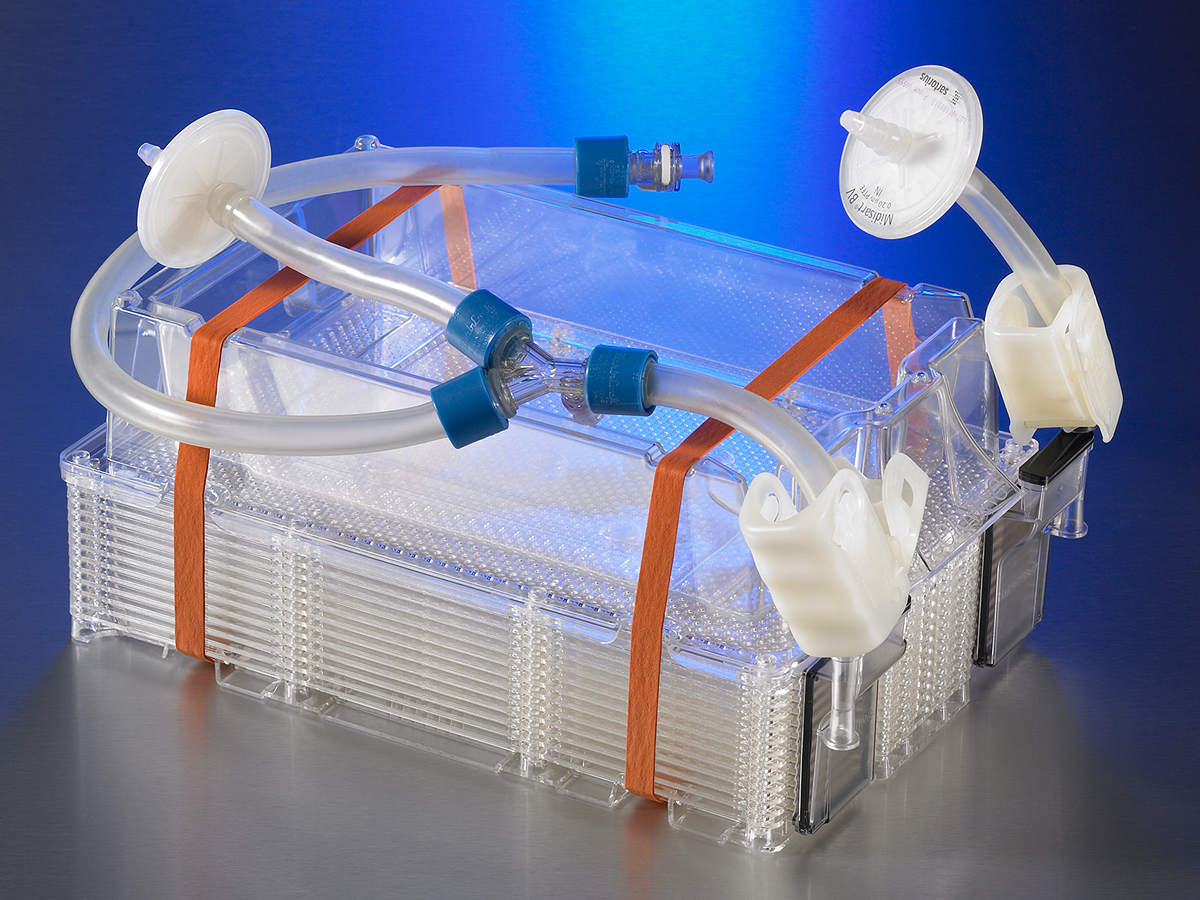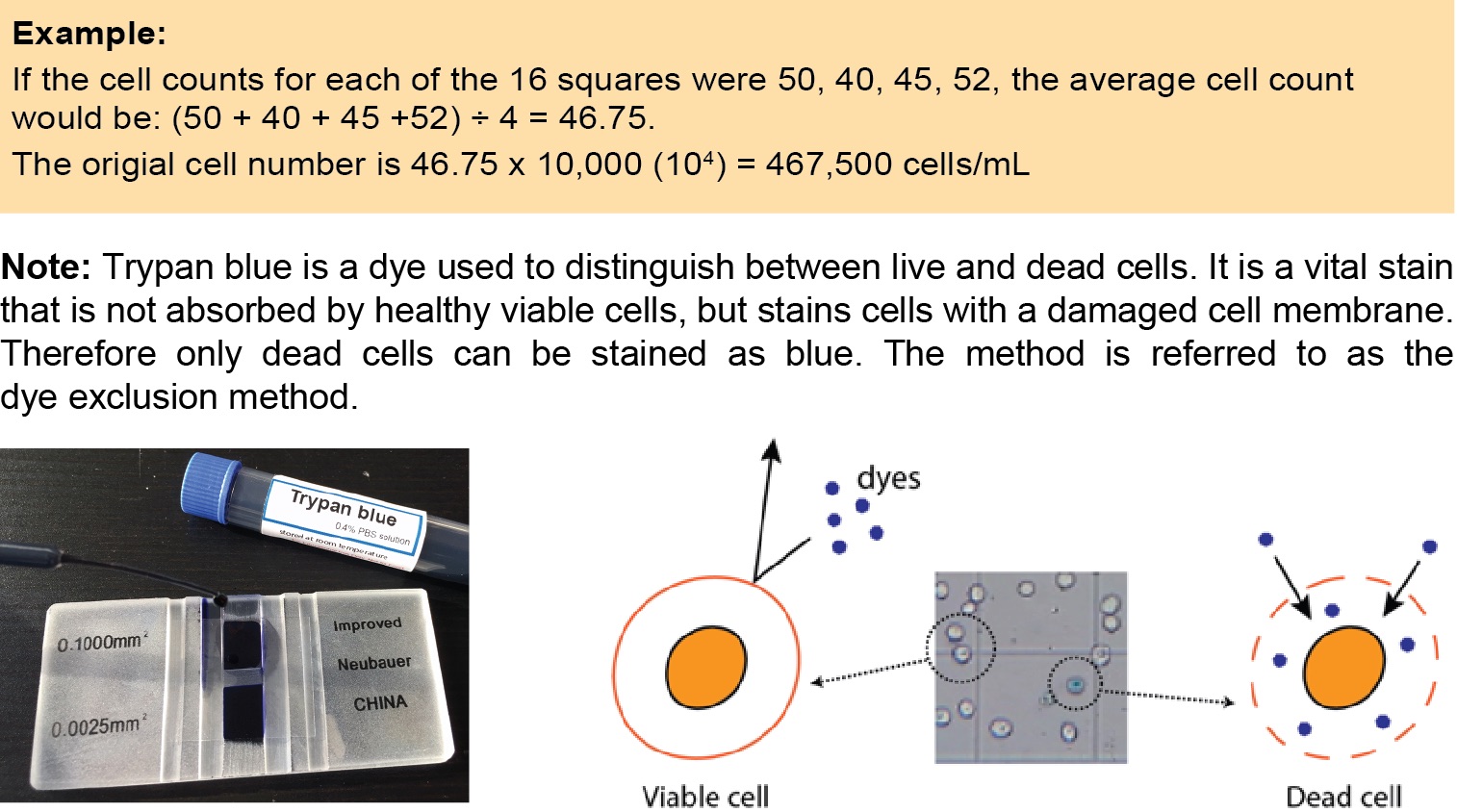Quantification of cell numbers and of cells expressing different... Download Scientific Diagram
In vitro cell culture is a method used for studying the behavior of animal cells in a controlled environment, free of systemic variations. Currently, different types of cell cultures have been adapted and developed. Animal cell cultures have been applied for studying basic cell biology, interactions of drugs and other chemicals with cells, production of vaccines and proteins, etc. This chapter.

rsfdesignstudios Useful Numbers For Cell Culture Corning
Useful Numbers for Cell Culture Surface Area (cmA2) Seeding Density Cells at Confluency Versene (mlof 0.05% EDTA) Trypsin (mlof 0.0.5% tryspin 0.53 mM EDTA) Growth Medium (ml) Dishes 35mm 9 0.3 x 106 1.2 x 106 1 1 2 60 mm 21 0.8 x 106 3.2 x 106 3 2 3 100 mm 55 2.2 x 106 8.8 x 106 5 3 10 150 mm 152 5.0 x 106 20.0 x 106 10 8 20

Mammalian Cell culture The core tool in therapeutic protein production faCellitate
Useful Numbers for Cell Culture There are various sizes of dishes and flasks used for cell culture. Some useful numbers such as surface area and volumes of dissociation solutions are given below for various size culture vessels. 1The number of cells on a confluent plate, dish, or flask will vary with cell type. For this table, HeLa cells were used.

Cell culture assays for endothelial progenitor cells. This illustration... Download Scientific
Cultured primary cells and continuous cell lines are indispensable in investigations of basic, biomedical, and translation research. However, despite their important role, cell lines are frequently misidentified or contaminated by other cells, bacteria, fungi, yeast, viruses, or chemicals.

Cell Culture Cell Culture Basics Cell Culture Videos Scientific Videos Thermo Fisher
Sambuy Y et al. The Caco-2 cell line as a model of the intestinal barrier; influence of cell and culture related factors on Caco-2 cell functional characteristics. Cell Biology and Toxicology. 21: 1-26, 2005. Calles K et al. Effects of Conditioned Medium Factors and Passage Number on Sf9 Cell Physiology and Productivity.

Pluripotent Stem Cell Culture ScaleOut Assay Guidance Manual NCBI Bookshelf
culture. The average cell yields used here are based on this number. Actual cell yields can easily be several times higher or lower than this depending on the cell line and culture conditions. Maintaining optimal cell to medium ratios is important for obtaining good cell growth. As a starting point, we recommend 0.2 to 0.3 mL medium for each.

Cell Culture Useful Numbers
Useful Numbers for Cell Culture There are various sizes of dishes and flasks used for cell culture. Some useful numbers such as surface area and volumes of dissociation solutions.

Cell counting of preserved cell cultures Download Table
In particular, tests for the authentication of cell lines, potential cell culture contaminants, and brief information about ethical issues and biological safety guidelines for use of cell lines in biomedical research are summarized. As such, the information provided should be useful for those that will start to conduct cell culture experiments. 2.

Useful Cell Culture Numbers
The use of cell time, which is a concept that can be used to quantify the capability of a given volume of medium to sustain the growth of a given number of cells for a specific period, ensures that the culture system given the set density and nutrient availability will not enter a region of metabolic strain.

Useful Cell Culture Numbers
Useful Numbers for Cell Culture Useful information for various sizes of cell culture dishes and flasks There are various sizes of dishes and flasks used for cell culture. Some useful numbers such as surface area and volumes of dissociation solutions are given below for various size culture vessels. Back to the Gibco Cell Culture Basics homepage

rsfdesignstudios Useful Numbers For Cell Culture Corning
Useful information for various measurements of cell culture dishes and bottle. There are various sizes a dishes and flasks used by cell culture. Some useful numbers such as surface area and volumes of dissociation solutions are given see for various size culture vessels. (mL in 0.05% EDTA). Approx. total.

Isolation, Culture and Differentiation of Adult Hippocampal
Cell culture is a very versatile tool in the investigation of basic scientific and translation research questions. The advantage of using cell lines in scientific research is their homogeneity and associated reproducibility in data generated.

Useful Numbers for Cell Culture
Title: useful cell culture numbers.jpg Author: jploski Created Date: 3/4/2022 4:09:14 PM

Bacteria Enumeration Definition, Methods & Example Conduct Science
Useful Numbers for Cell Culture Useful information for various sizes of cell culture dishes and flasks There are various sizes of dishes and flasks used for cell culture. Some useful numbers such as surface area and volumes of dissociation solutions are given below for various size culture vessels. Back to the Gibco Cell Culture Basics homepage

How Do You Calculate The Density Of A Hemocytometer
Cell culture refers to the removal of cells from an animal or plant and subsequent cultivation in an artificial environment for scientific research. The first cell culture techniques were developed over 100 years ago and since then have contributed to tremendous breakthroughs in science. Today, it is a fundamental tool used in laboratories.

Useful Numbers In Cell Culture
Background Copy number alteration (CNA) is one of the major genomic variations that frequently occur in cancers, and accurate inference of CNAs is essential for unmasking intra-tumor heterogeneity (ITH) and tumor evolutionary history. Single-cell DNA sequencing (scDNA-seq) makes it convenient to profile CNAs at single-cell resolution, and thus aids in better characterization of ITH. Despite.